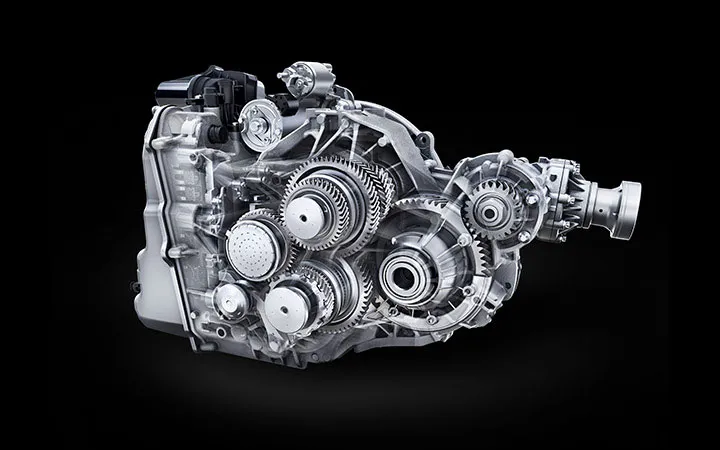


The 20th century has witnessed the rise of a ‘rehabilitative ideal’ centred on social welfare and psychological treatment of prisoners (Cullen and Gendreau, 2001 Hollin, 2011) towards a favour of punitive discourses and practices emphasising incapacitation and deterrence (Garland, 2001 Pratt, 2007 Maguire et al., 2010). Nevertheless, such movement towards correction and rehabilitation within the US and UK prisons has never been stable. Unlike traditional definitions of power that are repressive and negative (Weber, 1978 Wartenberg, 1988), power as Foucault (1977) conceives it as productive and rehabilitative, where it shapes the actions of individuals and harnesses their bodily power to produce economic benefits. What makes Foucault's work so prominent is that his ground-breaking analysis of the actual technologies of penal power provides a distinctive lens on the sociology of punishment. This preeminent work examines historical changes in the penal system in the modern era, a shift between two distinctive styles of punishment from sovereign power to a ‘modern’ power, which starts to affect the ‘soul’ of the subject with the aim of making them feel shame, and to train the body rather than strike it. ‘Disciplinary power’ is one of the central concepts in Foucault's most influential work Discipline and Punish: The Birth of the Prison (1977). Officers' diligent and skilled use of control demonstrates a ‘tactical agreement’ that while prisoners as autonomous agents value their performances for early release, officers depend on the consent of the prisoners to get through the day. The rigorous political climate of increasing accountability further disrupts any ethos of rehabilitation. The findings suggest that rehabilitative interventions are implemented more for order and safety maintenance rather than eliciting deep contrition of prisoners. Yet, compliance and docility do not equate well rehabilitation. Drawing on interviews undertaken with 30 female parolees/ex-prisoners and 10 prison officers, this study argues that the collective discipline at selected prisons is a deepening and possible an extension of Foucauldian project. This is in contrast with the large energy loss caused by a cubic prism using metalized half-mirrors, which reduced light transmission to one quarter, coupled with the losses associated with the three optical filters, reducing the light energy incident on each individual sensor still further.Although scholars have shown a continuing interest in probing the disciplinary nature of China's penal system, relatively few studies examine its ‘collective’ connotation of discipline and the effectiveness in achieving the primary target of Chinese imprisonment: rehabilitation. The cubic prism is also convertible, enabling simultaneous image capture by three monochromatic light sources of different wavelengths with no loss of incident light energy. (3) Ultra-fast three-frame capture at a speed of 1/50,000,000 s by delayed gating of the image intensifiers.
Speediness intensifies full#
13,500 pps for a full 256 X 256-pixel frame or up to 121,500 pps for a reduced 64 X 64-pixel frame. (2) Triple-speed continuous monochrome imaging without filters and delayed synchronization, i.e.

The camera can capture fast- moving images under the following conditions: (1) 4,500-pps continuous color imaging with R, G & B filters and perfect synchronization of the three images for a full 256 X 256 X 3-pixel frame, or faster color imaging of up to 40,500 pps at a reduced resolution of 64 X 64 X 3 pixels. Three intensified image sensors are combined with a cubic three-way beam splitter prism and three optical filter holders to form this high-speed video/ultra-high- speed triple-framing camera. An MCP-type image intensifier is attached directly to the image sensor to realize both very high light sensitivity and frame rate. In 1991, the authors developed a high-speed video camera with a frame rate of 4,500 pps, which was the world's fastest at that time and is currently marketed by a third party.


 0 kommentar(er)
0 kommentar(er)
